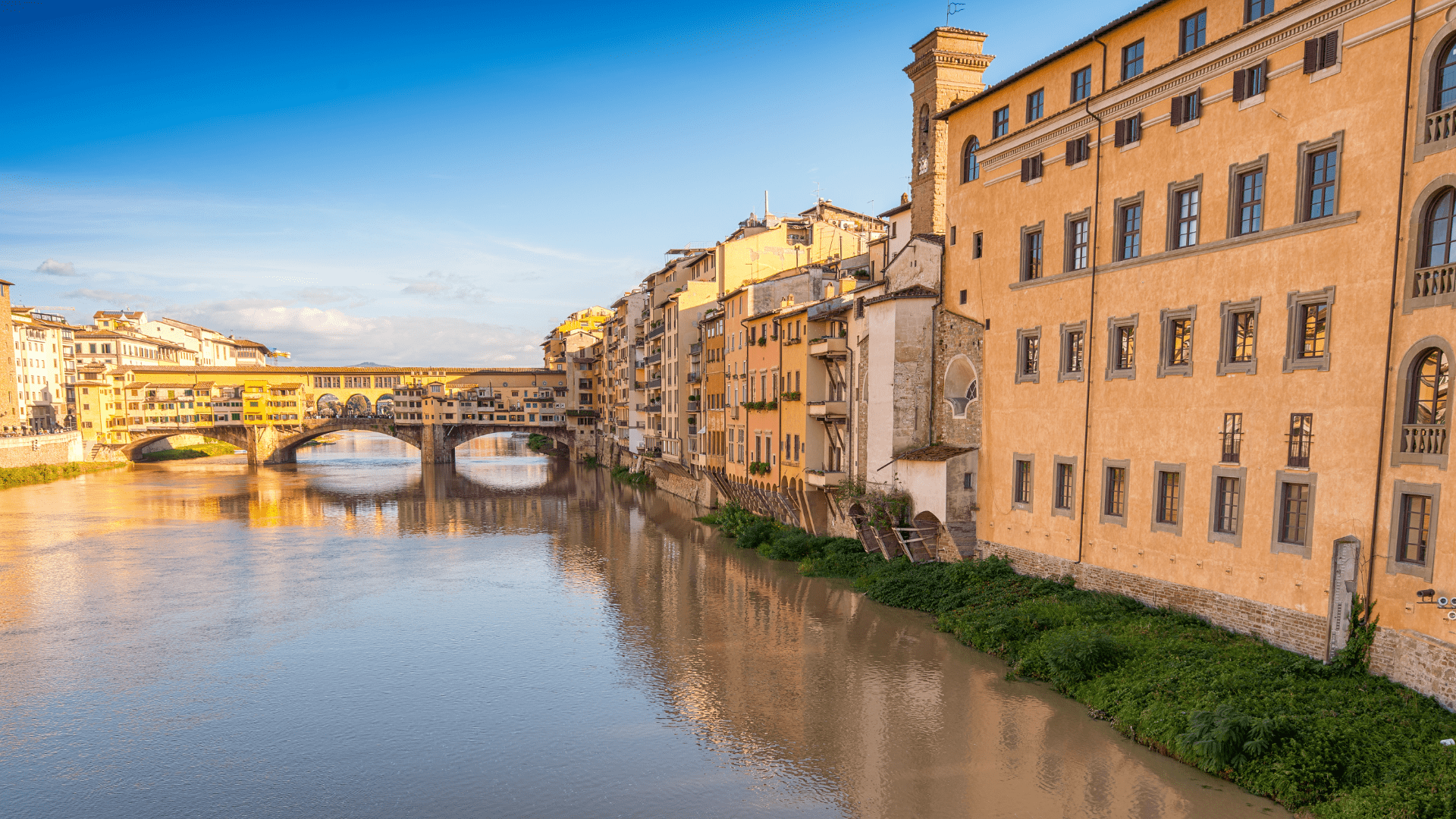The smells and tastes of the oltrarno

The smells and tastes of the oltrarno
The lively neighborhood of Santo Spirito, "on the other side of the Arno," that is, in the Florentine Oltrarno, has remained perhaps the only one where you can still breathe the authentic soul, populous and artisan, of stores and trattorias, of markets and festivals, of pleasant strolls with amusing encounters.
Its center is the Basilica of Santo Spirito, one of the finest architectural creations of the Renaissance, designed by Brunelleschi. Not far away, the Brancacci Chapel preserves Masaccio's famous cycle of frescoes.
The Museum of Natural History "La Specola" is famous for G. Zumbo's collection of 17th-century anatomical waxes, unique in the world for quality and beauty.
Just a stone's throw away, Palazzo Pitti opens its wings to show its sturdy ashlar facade; it now houses several museums (the Gallery of Modern Art, the Silver Museum, the Costume Gallery, the Carriage Museum, the Porcelain Museum ) and galleries of which the most important is the Palatine Gallery.
Between the Pitti Palace and Forte Belvedere, stretches the Boboli Gardens, one of the most beautiful Italian gardens, designed by Tribolo in 1549 and later by Ammanati and Buontalenti.
Still on the rive gauche of the Oltrarno, it is also possible to visit the scenic terraces of the Bardini Garden, recently expertly restored and open to the public.
A must for tourists, Piazzale Michelangelo is the immense panoramic terrace over the city created by Giuseppe Poggi in 1869. In the center is a bronze copy of Michelangelo's David with the four figures of Dawn, Day, Sunset and Night as in the tombs of the Medici Chapels.
Just above this square, the brilliant Basilica of San Miniato al Monte is considered one of the finest examples of Florentine Romanesque architecture.